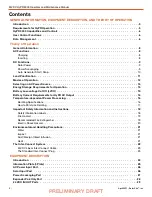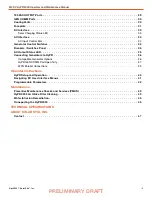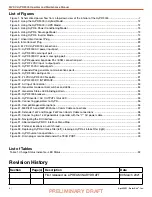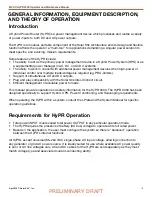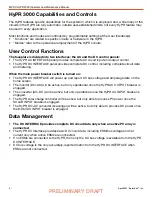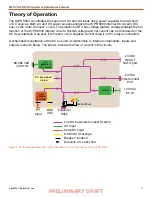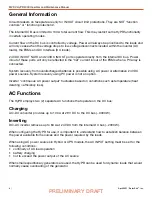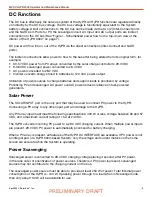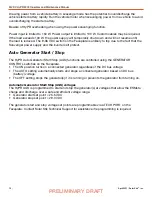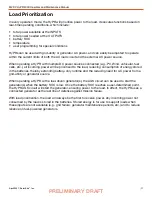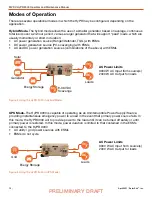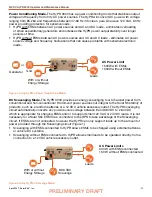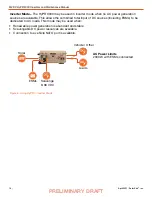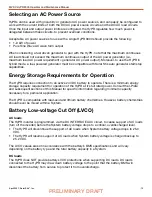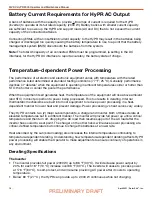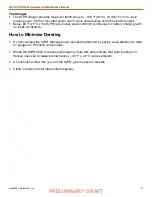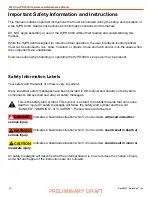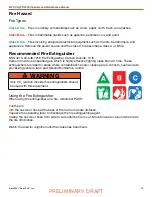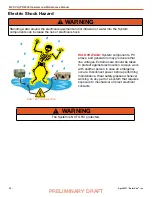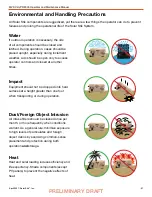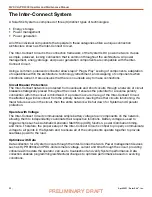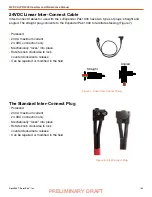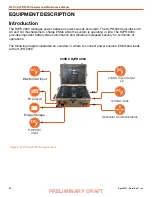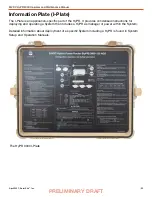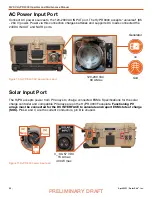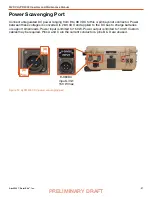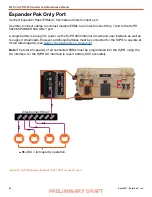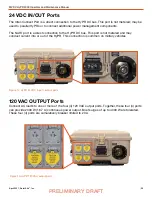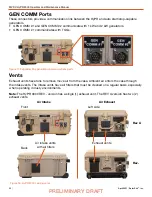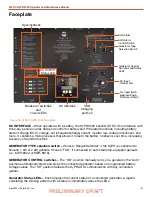
April 2021
|
Solar Stik
®
, Inc.
16
|
24VDC HyPR 3000 Operator and Maintenance Manual
PRELIMINARY DRAFT
Battery Current Requirements for HyPR AC Output
A bank of batteries with the capacity to provide > 84 amps of current is required for the HyPR
(inverter) to operate at its full rated capacity (2000 W). Battery banks with smaller current capacity
are sufficient to power up the HyPR and support loads (AC and DC) that do not exceed the current
capacity of the connected batteries.
Connecting ESMs with an insufficient current capacity to the HyPR may result in the batteries being
charged or discharged too quickly causing the battery temperature to rise to a point that the battery
management system (BMS) disconnects the batteries from the system.
Note:
The total Ah capacity of all connected ESMs must be programmed, (a setting in the DC
interface), for the HyPR DC interface to report accurately, the battery state of charge.
Temperature-dependent Power Processing
The performance of all electric and electronic equipment varies with temperature with the rated
performance listed determined at standard testing conditions (77 ºF; 25 ºC). Generally performance
declines or “derates” when the equipment is operating in ambient temperatures colder or hotter than
STC; the hotter or colder the poorer the performance.
When the equipment itself generates heat, the temperature of the equipment will rise above ambient
(and STC) in direct proportion to power being processed. This too results in derating. Internal
thermostatic mechanisms are built into most equipment to reduce power processing in a heat-
dependent manner to lower heat and prevent damage. Power processing vs heat curves vary widely.
They HyPR contains two (2) major subcomponents, a charger and inverter. Both of these derate at
elevated temperatures but in a different manner. The inverter will provide full power up until a critical
temperature and then turn off, dropping the AC load then resume support of the AC load after the
inverter has cooled to a set point. The charger on the other hand, will reduce power processing at a
critical, defined temperature but continue to charge the batteries at a lower rate.
Heat absorbed by the sun (solar loading) also increases the internal temperature contributing to
temperature-dependent derating. Understanding how temperature-dependent derating affects HyPR
power processing will enable the Operator to make adjustments to ensure continuity of operations in
any environment.
Derating Specifications
The Inverter
• The inverter provides full power (2000 W) up to 86 ºF (30 ºC). It will
decrease power output by
20% for each 18 ºF (10 ºC) increase over 86 ºF (30 ºC). The inverter will cease to process power
at 176 ºF (80 ºC), to self-protect, and will resume providing AC power after it cools to operating
temperature.
• Below 80 ºF (27 ºC), the HyPR can provide up to 2,000 W continuous while not charging.

